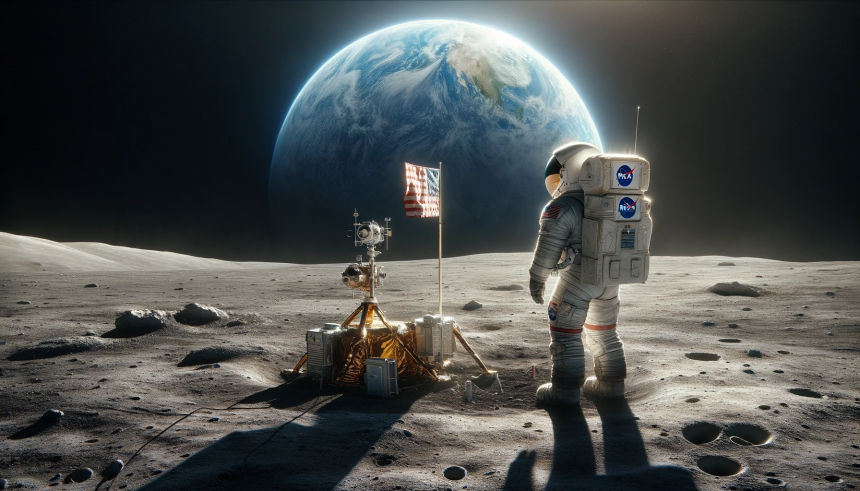NASA’s HiRISE camera captured a striking image of Mars’ continuously active dust devils in September 2022. These swirling vortices, evident in the Haldane Crater, illustrate the dynamic nature of the Martian surface. Dust devils are crucial for understanding the planet’s atmospheric behavior and are key considerations for upcoming exploration missions. The captured image not only highlights the harsh environmental conditions but also provides valuable data for scientists studying Martian weather patterns. The vibrant movement of dust devils contributes to the ever-changing landscape of the Red Planet, emphasizing its geological activity.
Earlier observations primarily focused on large-scale dust storms, whereas the current imagery brings attention to the more persistent and localized dust devil activity. This shift in focus allows for a deeper understanding of the frequency and distribution of dust devils across Mars, enhancing models of atmospheric circulation and climate. Such insights are instrumental in preparing for future missions, ensuring that equipment and strategies are adapted to the planet’s environmental dynamics.
How do dust devils form on Mars?
Dust devils on Mars develop when intense sunlight heats the planet’s surface, causing warm air to rapidly rise. This upward movement creates a low-pressure zone that draws in surrounding air, initiating rotation.
“The frequent formation of dust devils indicates a highly dynamic atmospheric system on Mars,”
said a NASA scientist involved in the study.
What role do they play in Martian atmospheric processes?
These vortices contribute to the redistribution of dust across Mars’ surface, influencing weather patterns and potentially affecting long-term climate conditions. By lifting and transporting dust particles, dust devils help maintain atmospheric circulation and contribute to the planet’s overall meteorological dynamics.
How do dust devils affect surface missions?
Dust devils can both impede and aid surface missions.
“Dust accumulation on solar panels can reduce their efficiency, posing challenges for long-term operations,”
a mission engineer explained. However, the strong winds generated can also clean solar panels, balancing the negative impacts. Understanding dust devil behavior is essential for designing equipment that can withstand these environmental factors.
Continuous observations by NASA’s HiRISE are essential in refining the safety protocols and technological requirements for missions on Mars. By monitoring dust devil activities and their effects on the surface, scientists can better predict operational challenges and develop solutions to enhance the longevity and efficiency of robotic explorers.










